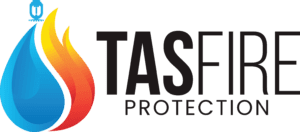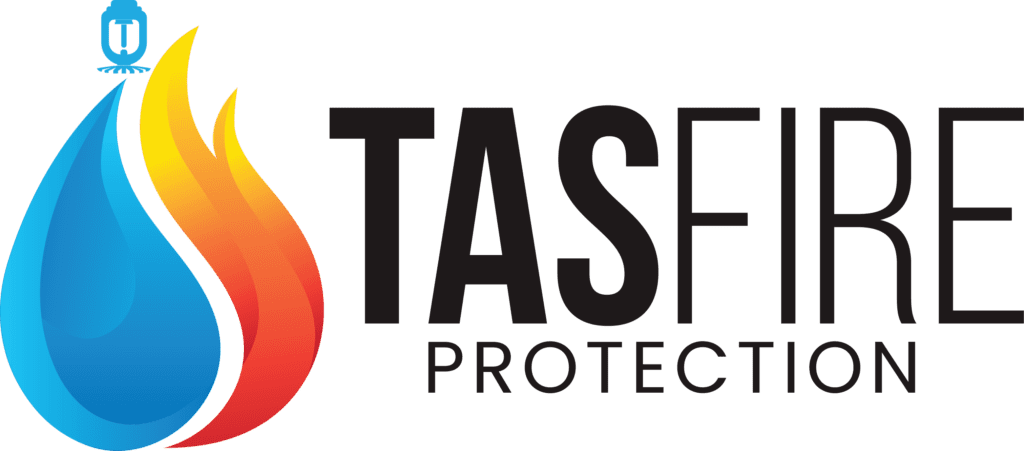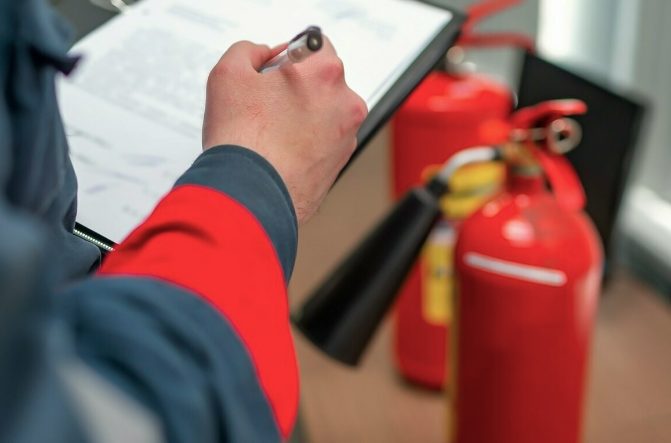Fire Safety Plan for Your Organization…
How to Create a Fire Safety Plan For Your Organization
Fire is a devastating and deadly event and one that you can’t forecast happening. It can pose a dangerous threat to human life and property. Every year, thousands of fire incidents are reported in Canada. Even though it is impossible to prevent fire outbreaks, there’s plenty you can do to minimize this risk. It is crucial to take every action you can to prevent a fire from happening and ensure your employees’ safety and the protection of your building. By establishing a fire safety system and evacuation plan, you can protect your people and your business from a catastrophic fire incident.
What is a Fire Safety Plan?

A fire emergency evacuation plan is of the utmost importance in any organisation as it enables you to equip your workplace for a potential emergency. The objective of creating an effective fire safety plan is to get rid of the causes of fire and prevent the loss of lives and properties by fire. A well-developed plan covers all aspects of fire safety and describes how you and your staff can exit safely and appropriately throughout the building or property. It is a detailed document that describes the procedures to follow in a fire emergency, including how to respond, when to respond, and identifies a path of egress, and assigning roles and responsibilities for each action.
As fire is an unexpected event, it only takes seconds to turn a small flame into a full-blown life-threatening fire. So planning ahead is necessary. Gather your key personnel and develop a tailor-made fire safety plan that suits your business and industry. It’s vital that all employees/occupants and managers be aware of the fire safety plan and adequately trained on the procedures. The fire protection plan should also take into account individuals with disabilities and unique requirements.
Here are some strategies for creating and maintaining a fire safety plan for your establishment.
You may also like to read:
- Fire Extinguisher Placement Guidelines For Your House in Canada
- Fire Safety Tips In Canada
- Fire Safety Guide: Everything You Need To Know
- Fire Safety For Kids
Steps You Should Take to Develop an Effective Fire Safety Plan

- Identify potential fire hazards
The primary step of devising a fire safety plan is to inspect your building to find the possible workplace fire hazards that could initiate or contribute to the spread of a fire. You should think ahead about the things that are most likely to cause a disastrous fire and the main threats your business may encounter in the case of a fire. The potential fire hazards can include faulty wires, defective plugs, misuse of electronics like space heaters or cables, heating sources and cooking areas, inappropriate handling and storage of combustible/flammable liquids etc. Once you figure out all the major fire hazards, you should implement adequate measures in place to mitigate these risks, like posting no-smoking signs and rules about the safe use of electronics. Consider banning portable heaters, hot plates, or other potentially dangerous electronics. Don’t forget to inform your employees about the rules and regulations.
- Assign roles and responsibilities
It is imperative to establish fire safety roles and responsibilities and create an emergency evacuation team with key employees. Train the designated employees on their duties in firefighting and evacuation procedures. Ensure that backup for all roles has been selected and advise them to perform the tasks in the absence of primary personnel.
The prominent roles you should consider assigning to your employees include:
Chief fire safety warden: The designated chief fire warden has overarching responsibility for the evacuation plan, including planning and preparation. The duties of this employee include checking areas are clear, closing doors and assisting others. Moreover, they perform a final headcount of employees at the safe location to confirm everyone has been evacuated.
Assistant fire safety warden: This employee is expected to assume the chief fire warden’s responsibilities if the designated person is absent and otherwise assist in the chief warden’s duties like activating the mass alert system, calling the fire department, gathering reports, etc.
Route guides: The employees in charge are responsible for ensuring a clear passageway to all escape routes. The route guides will direct others safely out of the building.
Designated fire extinguishers: Choose certain employees and assign them to actuate portable fire extinguishers if a fire event ever happens. These employees in charge must be trained to use the fire extinguisher. If you fail to bring a fire under control within 30 seconds or the extinguisher runs out of fluid, then stop fighting, close the doors and evacuate immediately.
Floor monitors: Floor monitors are employees designated to ensure everyone has been evacuated on their assigned floor and report directly to the chief fire safety warden.
- Determine escape routes and nearest exits

Inspect your enterprise for all possible exits and escape routes to ensure enough emergency exit routes are there for all people to escape. Ensure both primary as well as secondary egress routes are added in the plan because they lead as directly as possible to a safe place. Also, include proper emergency evacuation routes in fire safety plans for differently-abled employees. Escape route signs must be clearly displayed all along the exit route. These emergency exit routes should be kept clear of all obstructions, and all employees should know the escape routes.
- Create a communication plan
A good communication plan prepared in advance can alleviate the stress of an emergency and help get everyone out of the building safely. Your plan must encompass a way to alert employees and contact the fire department in the event of a fire. Furthermore, keep a list of relevant contact information, including emergency responders, key stakeholders, hospitals, news media, transportation partners and anyone who relies on your enterprise.
- Know your fire safety tools and inspect them
It’s crucial to ensure your organisation is kitted out with the requisite fire detection and warning systems. Also, make sure the firefighting equipment is correctly installed, tested and maintained to guarantee they are fully functional at all times. The fire suppression and prevention tools include smoke detectors, fire alarm systems, fire hydrants, fire extinguishers, fire sprinklers, emergency lighting and more. Keeping essential fire protection tools in good working condition and knowing where they are located is the key to the first line of defense toward protecting both your site and the people in and around it.
- Finalize your fire safety plan

If you have completed all the above steps, you have everything you need to finalize the plan. The fire safety plan should highlight emergency procedures, including activation of alarms, notify the fire department, evacuate occupants, etc. After the fire protection plan has been prepared and approved, make sure to share it with all of your employees.
- Practice, Practice, Practice
The more you practice, the better the employees understand the evacuation plan, and they won’t get confused in the event of a real fire emergency. Conducting fire drills at least once a year or more regularly allows employees to practice evacuation procedures and the emergency evacuation team to practice their parts in a simulated situation. So, once you finalize the fire safety plan, put your plan into practice to ensure the staff are fully aware of how to exit the building safely. While practicing, look for areas that need improvement and implement the changes for your next rehearsal. Also, you should review the fire safety plan at least annually for necessary changes.
Our Services:
- Security Alarm System
- Smoke Detection Systems
- Fire Sprinkler System
- Fire Installation Services
- Fire Inspection Services
Contact Us (905-870-7779) for a Free Consultation!
—

About TAS Fire Protection
TAS Fire Protection offers comprehensive and cutting-edge fire protection and security services to commercial, industrial, and high-rise properties. Our team of highly skilled professionals has years of experience in installing, maintaining, and inspecting fire alarm systems, fire sprinkler systems, fire extinguishers, fire hydrants, security alarm systems, and more. We understand that fire safety and security is essential to the protection of lives and property.
> Learn More

